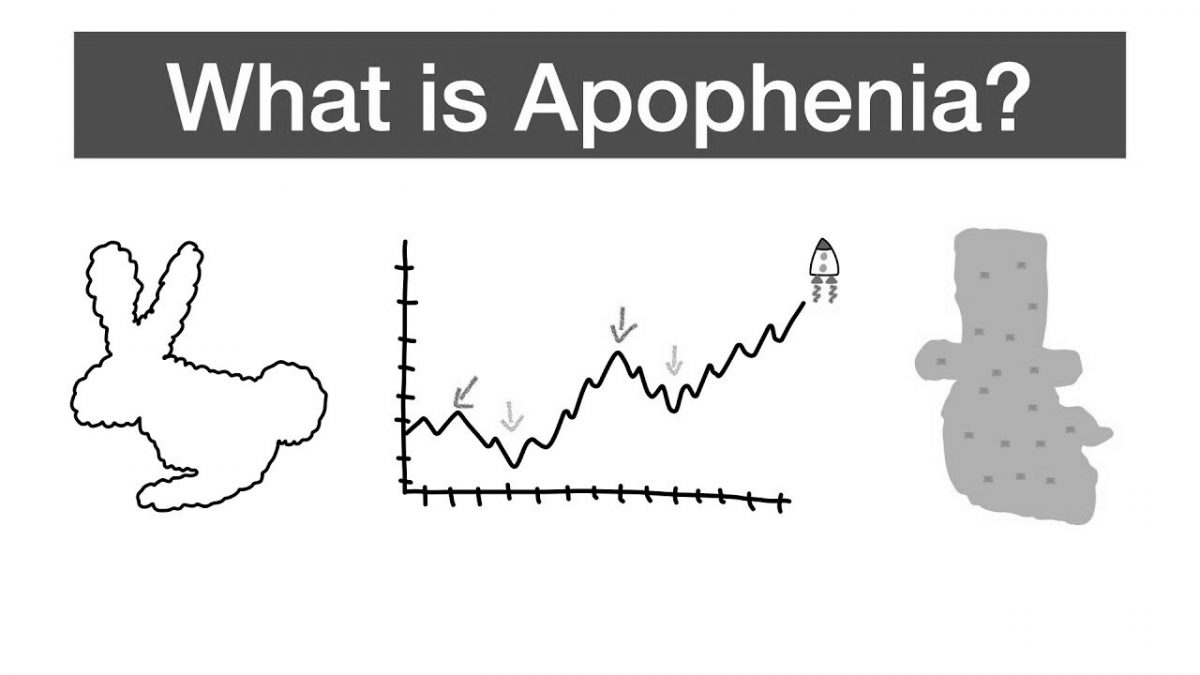Introduction
In the realm of decision-making, our minds have a remarkable ability to seek patterns and make connections between unrelated events or data points. This cognitive tendency is known as apophenia. It refers to the human inclination to perceive meaningful patterns or connections in random or unrelated information, even when no true correlation exists. Understanding apophenia is crucial for making rational decisions, as it helps us avoid the pitfalls of seeing patterns where none exist. In this blog post, we will explore the concept of apophenia, its relevance in decision-making, its psychological underpinnings, and practical strategies to avoid falling into this cognitive trap.
Apophenia in Decision-Making
Apophenia influences decision-making by leading individuals or groups to interpret random or coincidental events as significant patterns. By attributing meaning to chance occurrences, people may make irrational decisions that are contrary to their best interests. The relevance of apophenia in decision-making lies in its ability to create a false sense of understanding and control over uncertain or complex situations.
Anchoring in Human Psychology and Prevalence in Daily Life
Apophenia is rooted in various psychological biases and tendencies:
- Pattern-seeking tendency: Humans have a natural inclination to detect patterns and impose order on the world. This pattern-seeking tendency contributes to the prevalence of apophenia, as our minds actively search for connections even in the absence of genuine correlations.
- Confirmation bias: Our propensity to seek out information that confirms our pre-existing beliefs or hypotheses can reinforce apophenic thinking. We selectively focus on instances that support our perceived patterns while disregarding contradictory evidence.
- Availability heuristic: Our tendency to rely on easily accessible examples or memories can contribute to apophenia. We may recall instances where our perceived patterns seemed to hold true, enhancing our belief in their significance.
Examples of Apophenia in Context
- Personal Life Decisions: Suppose an individual believes that a specific song or a particular color brings them luck or success. They may start attributing positive outcomes or favorable events to the presence of that song or color, even if there is no logical connection. By making decisions based on this apophenic belief, they may overlook other factors that genuinely contribute to their success and limit their opportunities.
- Business Scenarios: In the business world, apophenia can manifest when leaders or decision-makers attribute the success of a company to a particular strategy or employee trait based on coincidental events. They may overestimate the effectiveness of that strategy or trait and make biased decisions, such as hiring or promoting individuals solely based on their alignment with the perceived pattern, without considering other crucial factors.
- Public Policy-Making: Apophenia can have implications in public policy-making when policymakers perceive correlations between unrelated factors and enact policies based on these illusory patterns. For example, attributing an increase in crime rates to a specific demographic group without considering socioeconomic factors or systemic issues can lead to discriminatory policies that neglect the underlying causes and perpetuate social inequalities.
Mental Biases Contributing to Apophenia
In addition to the biases mentioned earlier, other psychological factors contribute to the prevalence of apophenia:
- Illusory correlation: This bias occurs when we mistakenly perceive a relationship between two variables, even when no such relationship exists. Illusory correlations can strengthen the belief in apophenic patterns and reinforce irrational decision-making.
- Overgeneralization: Our minds tend to generalize information and draw broad conclusions based on limited evidence. This tendency can lead to apophenic thinking, as we extrapolate patterns from isolated instances and apply them to unrelated contexts.
Avoiding Apophenia: Strategies for Objective Decision-Making
To avoid succumbing to apophenia and making irrational decisions, consider the following strategies
- Embrace critical thinking: Develop a healthy skepticism and question the validity of perceived patterns or correlations. Evaluate the evidence objectively and consider alternative explanations or factors that could account for the observed patterns.
- Seek diverse perspectives: Engage in discussions with others who may hold different viewpoints. This can help challenge your own apophenic thinking by offering alternative interpretations and expanding your understanding of the situation.
- Utilize statistical analysis: When faced with data or information that may suggest a pattern, employ statistical analysis techniques to determine the significance and validity of the correlation. Statistical tools can help uncover genuine patterns while distinguishing them from random or coincidental occurrences.
Conclusion
Apophenia serves as a reminder of our innate tendency to seek patterns and meaning in the world around us. Understanding this cognitive bias is crucial for making informed decisions and avoiding irrationality. By recognizing the psychological biases that contribute to apophenia, actively questioning perceived patterns, seeking diverse perspectives, and employing statistical analysis, we can mitigate the influence of apophenia in our decision-making processes. Being aware of apophenia’s implications and actively striving to avoid this mental trap will lead to more objective and rational decision-making, fostering better outcomes in various aspects of life.
